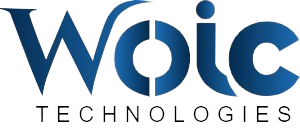Blockchain Development is the process of creating decentralized, secure, and transparent systems using blockchain technology. A blockchain is a distributed ledger that records transactions across multiple computers in a way that ensures the data is immutable and tamper-proof. Initially developed as the underlying technology for Bitcoin, blockchain has since found applications across various industries, from finance to healthcare, due to its ability to provide transparency, security, and efficiency in data management.
At its core, blockchain consists of a chain of blocks, each containing a list of transactions. These blocks are linked in a way that makes it nearly impossible to alter or hack the data in previous blocks without altering all subsequent blocks, making blockchain inherently secure. The decentralized nature of blockchain means that it is not controlled by a single entity, making it resistant to censorship or centralized failures.
Blockchain Development typically involves the following key components:
- Smart Contracts: These are self-executing contracts with the terms of the agreement directly written into code. They automatically execute actions once predefined conditions are met. Smart contracts can be used for various applications, such as managing financial transactions, supply chains, or decentralized applications (DApps).
- Consensus Mechanisms: Consensus algorithms ensure that all participants in the blockchain network agree on the validity of transactions. Common consensus mechanisms include Proof of Work (PoW), used in Bitcoin, and Proof of Stake (PoS), used by platforms like Ethereum 2.0. These mechanisms help maintain the integrity and security of the blockchain.
- Distributed Ledger Technology (DLT): Blockchain is a type of DLT that allows data to be stored across a network of computers (nodes), making it resistant to tampering. This provides transparency and security, as no single entity controls the data, and all changes are publicly verifiable.
- Cryptocurrency Integration: Blockchain is often associated with cryptocurrencies like Bitcoin and Ethereum, which use blockchain to record transactions securely. Developing a cryptocurrency involves creating the underlying blockchain, mining protocols, and digital wallets for users.
Blockchain Development can involve creating both public and private blockchains. Public blockchains, like Bitcoin and Ethereum, are open for anyone to join and participate, while private blockchains are restricted to a specific group of users or organizations, often used for enterprise applications.
The benefits of blockchain development are numerous. It enhances security by reducing the risk of fraud, ensures transparency through an immutable record, increases operational efficiency by automating processes with smart contracts, and provides decentralized control, reducing the risk of centralized failures. Industries such as finance, healthcare, supply chain management, and even voting systems are exploring blockchain for its potential to innovate and streamline processes.
As blockchain technology continues to evolve, it is expected to play a significant role in reshaping industries and enabling more secure and transparent digital transactions.



